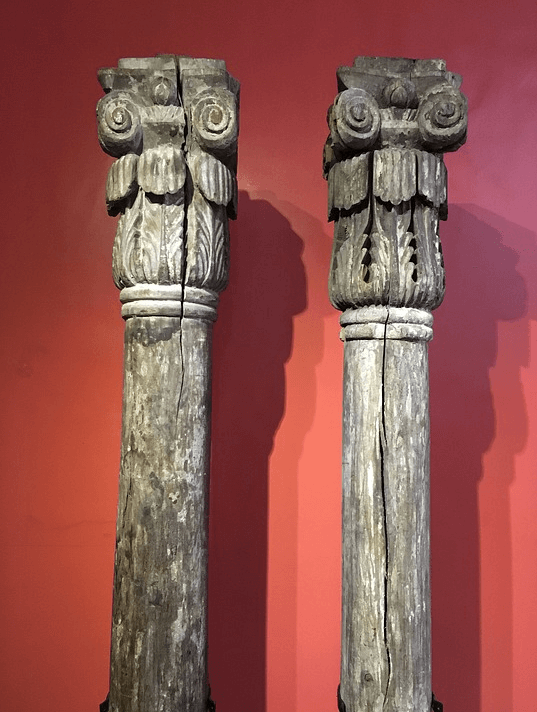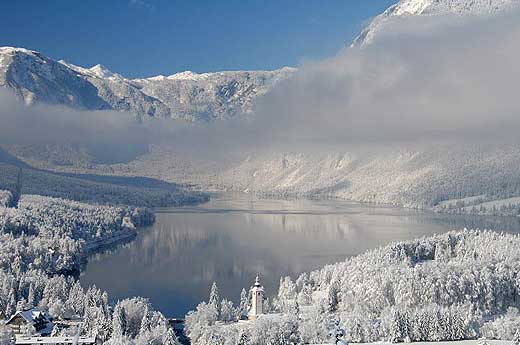Cultural tourism Slovenia
Cultural tourism and cultural experiences attract travelers searching for authentic cultural attractions, heritage sites, museums, and unique cultural tours. With the option of online booking, visitors can easily plan journeys full of art, history, and local traditions. Discover fascinating stories, explore crafts, and connect with diverse cultures through guided tours, exhibitions, and workshops. Whether you seek inspiration, education, or unforgettable memories, cultural tourism offers enriching adventures for every traveler. Start your cultural travel today and unlock a world of timeless beauty and creativity.
Cultural tourism Slovenia FAQ
Discover the best selection of hotels, apartments, and villas with pools in Slovenia – perfect for your next getaway. Explore top-rated accommodation options, from holiday homes to campsites and mobile homes, all in one place!
Looking for a destination that combines stunning nature, rich culture, and exciting activities? Slovenia is the hidden gem of Central Europe, offering a perfect mix of comfort, adventure, and relaxation. Whether you're planning a romantic escape or a family vacation, you'll find a wide range of hotels, cozy apartments, traditional holiday homes, and luxurious villas with pools that meet every travel style and budget.
For nature lovers and outdoor enthusiasts, Slovenia is paradise. From hiking in Triglav National Park to kayaking on Lake Bled, the list of things to do is endless. Families will love the scenic tourist resorts near lakes and mountains, while couples can enjoy peaceful retreats in countryside holiday houses...
Tourist offers Slovenia
Gastronomy Slovenia
Health Tourism Slovenia
Active Tourism Slovenia
Culture Tourism Slovenia
Nightlife Slovenia
Transfers Slovenia
Events and entertainment Slovenia
Excursions Slovenia
Hotels in Slovenia
Private accommodations in Slovenia
Tourist resorts in Slovenia
Holiday houses in Slovenia
Villas with Pool in Slovenia
Camps, mobile homes in Slovenia
Boat rental in Slovenia
Farm holidays in Slovenia
Hostel in Slovenia
Cultural tourism Slovenia Offer





















 Professional serivce
Professional serivce Quality tourist service
Quality tourist service 14 years in business
14 years in business A large number of satisfied guests
A large number of satisfied guests